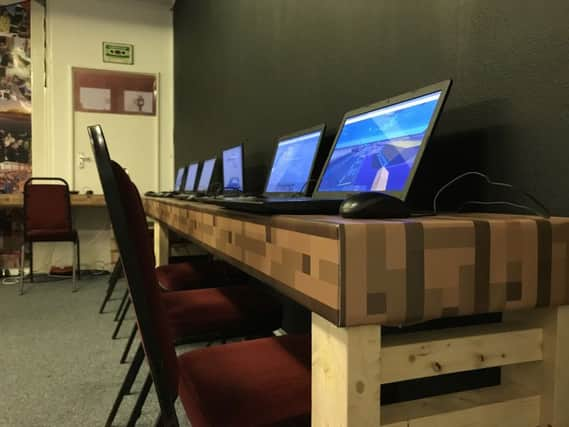Bringing Minecraft into the classroom


In recent years, this fundamental idea behind gaming has been revolutionising the ways we learn.
Think of a classroom, it’s where knowledge is shared and creativity is encouraged, but are the traditional ways of learning becoming outdated?
Advertisement
Hide AdAdvertisement
Hide AdChildren are growing up in an online era and education has begun embracing this fact.
Building blocks of knowledge
Society is on a mission to engage with young people and organisations such as Brighton-based BlockBuilders and London’s BlockWorks have been using Minecraft to do just that.
BlockBuilders use Minecraft to host environmental, historical and town planning workshops as an alternative to general teaching.
Co-founder Megan Leckie, said: “It gives kids the priority especially when we work with adults and parents. The kids are the experts and it gives a them a lot more confidence in what they’re saying.”
Advertisement
Hide AdAdvertisement
Hide AdBlockWorks use Minecraft to create games alongside digital learning and engagement experiences. Its efforts in education are focused around working with museums, galleries and creating interactive maps such as its fire of London exhibition.
Managing director James Delaney, said: “Feedback is always good because kids are pretty deprived of this stuff, they’re thrilled to have anything educational inside their favourite computer game.”
So what makes Minecraft a revolutionary education tool as opposed to traditional teaching? The concept empowers young people to dive into a platform they love and engage with, and organisations are factoring in models of local areas, reconstructions of history and creative learning environments.
Miss Leckie said: “Minecraft is a great and versatile 3-D design tool. When we show people the environmental projects we’ve done, you can change the environment and show the effect of it straight away. Whereas in real life it would take 30 years.”
Advertisement
Hide AdAdvertisement
Hide Ad